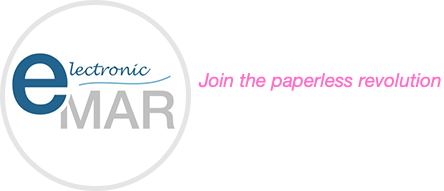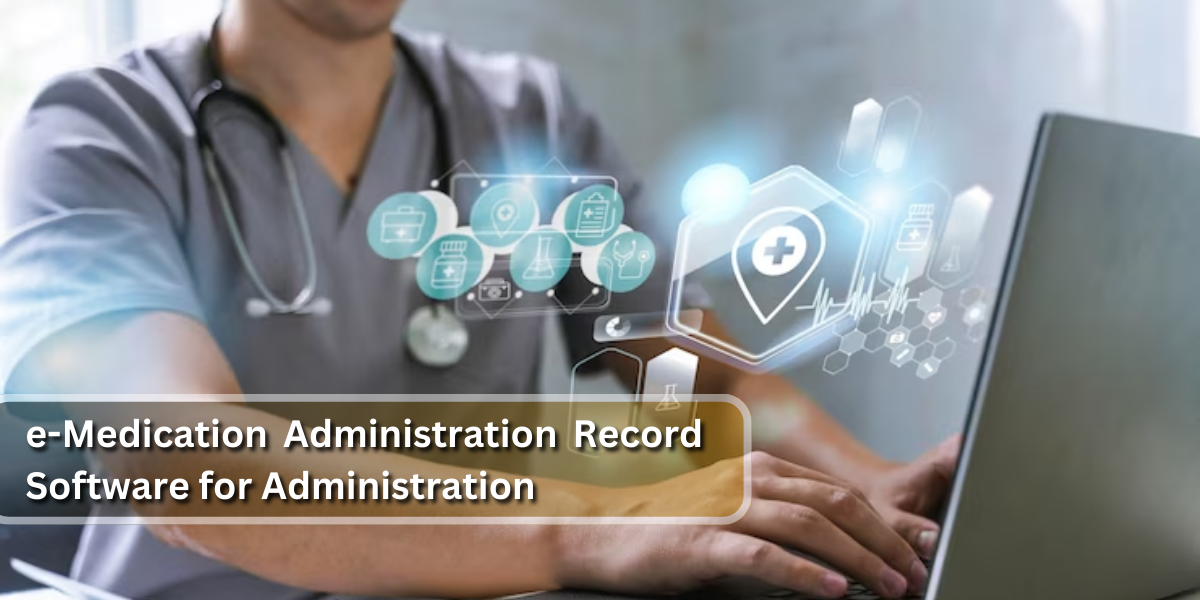Digital medical records have transformed how patient health data is managed. If you are looking for information on digital medical records, check this list of FAQs:
Question 1: What exactly are digital medical records?
Digital medical records, also known as electronic health records (EHRs), are a comprehensive compilation of patient health data. This includes, but is not limited to, patient demographics, medical diagnoses, prescribed medications, lab results, imaging reports, immunisation records, and more.
Question 2: Why should healthcare professionals embrace digital medical records?
With digital medical records, healthcare professionals can retrieve important patient information instantaneously. These records are always clear to read, unlike messy handwriting. They can be accessed from anywhere, so a doctor on vacation can still check on a patient’s data. Also, digital records have safety features that reduce medication errors.
Question 3: How do digital medical records differ from traditional paper-based records?
Digital medical records are saved on computers, making them easy to find and share. They can be read clearly and are kept safe with special computer security. On the other hand, paper records are written on paper and can get lost or damaged. Also, healthcare professionals can only access paper records if they are physically present where the records are stored. On the other hand, digital records can be accessed remotely.
Question 4: Who can access digital medical records?
Digital medical records are accessible to authorised healthcare providers involved in a patient’s care journey. This includes doctors, nurses, specialists, and administrative staff. To ensure utmost privacy and security, access levels can be customised and tailored to specific roles and responsibilities. Moreover, some healthcare systems even provide patients with access to view their own digital medical records through user-friendly patient portals, promoting transparency and patient engagement.
Question 5: How are digital medical records safeguarded against security breaches?
Digital medical records employ robust security measures to mitigate the risks of unauthorised access and breaches. These measures include advanced data encryption, multi-factor authentication protocols, meticulous audit logs to track access and modifications, sophisticated firewalls, and intrusion detection systems. Regular system updates and staff training on security protocols ensure that these records remain a fortress of patient data protection.
Question 6: Can digital medical records be seamlessly shared between different healthcare providers or institutions?
With digital records, healthcare teams can effortlessly share and exchange information – which promotes seamless continuity of care.
Question 7: What are the benefits of using digital medical records?
Adopting digital medical records introduces a host of advantages:
- Healthcare professionals can tap into patient data from virtually any location, making timely and informed care decisions.
- Digital medical records mitigate medical inaccuracies by reducing issues such as unreadable handwriting and the misplacement of crucial documents.
- The digital system simplifies numerous administrative tasks, minimises paperwork, and expedites data retrieval. As a result, healthcare professionals can focus their attention more towards direct patient care.
- Many systems integrate clinical decision support mechanisms. These tools proactively offer alerts, reminders, and evidence-based guidelines, guiding healthcare providers towards best care practices.
Question 8: What is eMAR?
eMAR or electronic Medication Administration Record, is a digital method of documenting and tracking medications administered to patients in healthcare settings. Unlike traditional paper-based MARs, eMAR systems offer a more organised and efficient way to record medication details, dosage times, and administration notes. Here is a useful read on how eMAR can benefit healthcare settings.







